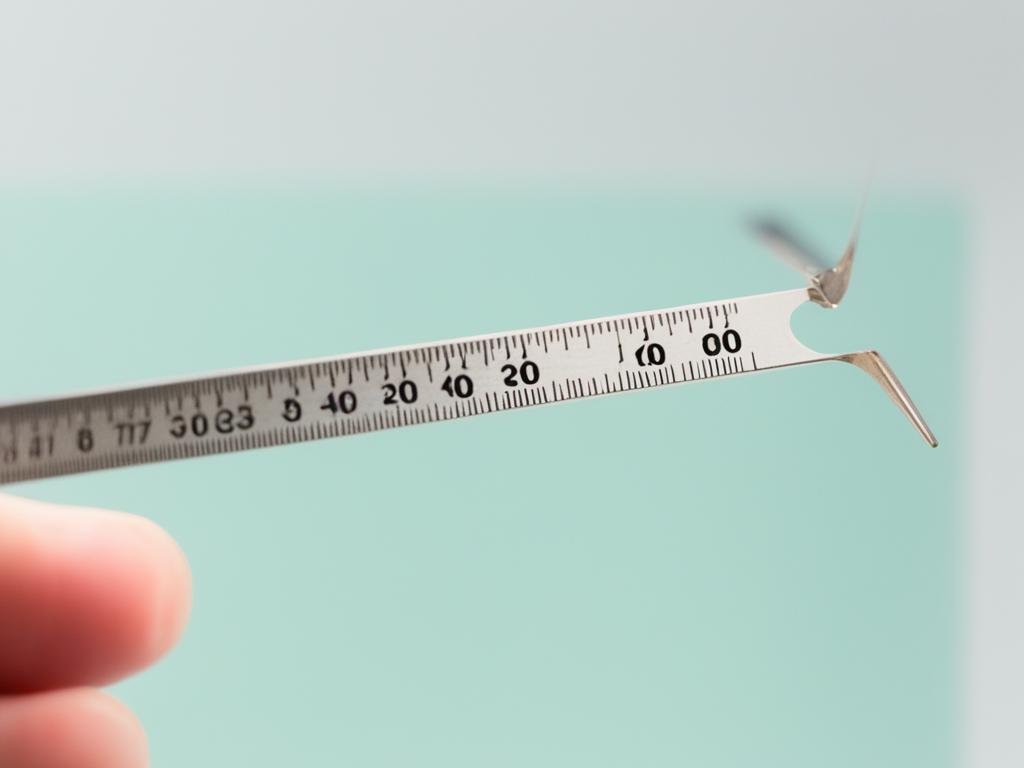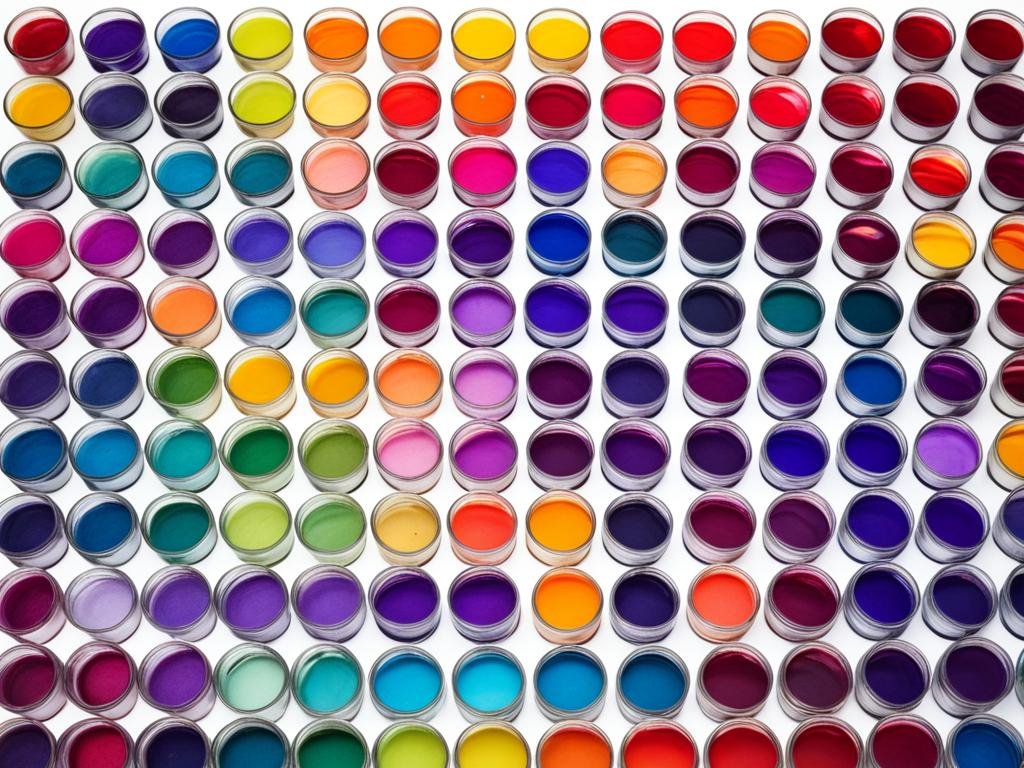
Join Devil n Dove on a creative journey where curiosity meets craft. We are passionate about jewelry making and crafts, and we invite you to dive into this world of endless possibilities. With each project, we learn, grow, and explore new techniques, pushing the boundaries of our creativity.
From the moment we put pencil to paper and sketch out our ideas, to the final piece that tells a unique story, we want you to be a part of our adventure. With each step, we embrace curiosity, challenge conventional norms, and create jewelry that is truly exceptional.
Subscribe and hit notifications, and you’ll gain access to a world of inspiration. We’ll share tips on wire wrapping, techniques to elevate your craftsmanship, and ideas that spark your creativity. Get ready to embark on a journey of self-expression and personal growth.
Welcome to Devil n Dove – where every creation tells a story.
Key Takeaways:
- Devil n Dove invites you to join their creative journey in jewelry making and crafts.
- Learn, grow, and discover new techniques with each project.
- Subscribe for a world of inspiration and tips on wire wrapping and craftsmanship.
- Embrace curiosity, challenge norms, and create exceptional jewelry.
- Welcome to Devil n Dove, where every creation tells a story.
Understanding Wire Gauges for Jewelry Making
Wire gauges are a crucial aspect of jewelry making, as they determine the thickness and durability of the wire used. When selecting wire for your jewelry projects, understanding the concept of wire gauges is essential to ensure the best results.
There are two main measurement systems for wire gauges: the American Wire Gauge (AWG) and the Standard Wire Gauge (SWG). These systems help determine the size of the wire, with different gauge numbers corresponding to different thicknesses. In general, higher gauge numbers indicate thinner wires, while lower gauge numbers indicate thicker wires.
A wire gauge conversion chart can be incredibly useful in understanding the sizes of wires in both inches and millimeters. This chart allows you to easily convert between different gauge measurements, providing clarity and convenience in your wire selection process.
Wire gauges have specific uses in jewelry making, and choosing the right gauge for your project is crucial. For example, a 32 gauge wire is incredibly thin and is commonly used for intricate wirework and delicate designs. On the other hand, an 18 gauge wire is thicker and stronger, making it ideal for creating sturdy findings and support structures.
By understanding the different wire gauges and their applications, you can confidently choose the appropriate wire for your specific jewelry making needs. Whether you’re creating intricate wire designs or sturdy jewelry components, the right wire gauge can make all the difference in achieving your desired results.
Exploring Wire Shapes for Wire Wrapping
Wire comes in various shapes that offer different design possibilities for wire wrapping. Whether you’re a beginner or an experienced wire wrapper, understanding the different wire shapes can help you add unique elements to your jewelry designs. Let’s explore the most common wire shapes used in wire wrapping:
Round Wire
Round wire is the most commonly used wire shape in wire wrapping. Its smooth and consistent surface makes it versatile for a wide range of wire wrapping techniques. From creating simple loops to intricate designs, round wire is a staple in every jewelry maker’s toolbox. Its flexibility allows for easy manipulation and shaping, making it an excellent choice for beginners.
Square Wire
If you’re looking to create bold and edgy wire-wrapped designs, square wire is an ideal choice. It offers a distinct geometric shape that adds a modern and contemporary touch to your jewelry pieces. Square wire is perfect for creating flush designs and banding, giving your creations a polished and professional look.
Half-Round Wire
Half-round wire combines the best of both round and square wires. As the name suggests, it features a flat side and a rounded side. This wire shape is commonly used to connect multiple adjacent pieces of square wire, creating a decorative effect called banding. When wrapped around square wire, half-round wire adds a unique and eye-catching element to your designs.
Twisted Wire
Twisted wire is made by twisting two or more wires together, whether they are round or square. This wire shape adds texture and visual interest to your wire-wrapped jewelry. You can experiment with different wire combinations and twisting techniques to create beautiful patterns and effects. Twisted wire is perfect for enhancing the aesthetics of your designs and making them stand out.
By exploring the different wire shapes available, you can bring your wire wrapping designs to life. Whether you choose round wire for its versatility, square wire for its contemporary appeal, half-round wire for decorative banding, or twisted wire for added texture, each shape offers its own unique possibilities. Let your creativity soar as you incorporate wire shapes into your wire wrapping projects.
Understanding Wire Metals for Wire Wrapping
Wire plays a crucial role in the art of wire wrapping. The choice of wire metal can significantly impact the appearance, durability, and overall aesthetic of your wire wrapped jewelry. In this section, we’ll explore the different wire metals available and their unique characteristics.
Precious Metal Wire
For those seeking elegance and durability, precious metal wire is an excellent choice. Sterling silver wire adds a touch of luxury to your designs, while gold-filled wire offers a more affordable alternative to solid gold. These metals not only provide exceptional quality but also a timeless beauty that elevates your wire wrapped creations.
Base Metal Wire
If you’re looking for a more budget-friendly option without compromising on style, base metal wire is the way to go. Copper wire brings warmth and a rustic appeal to your designs, while brass offers a rich golden hue. Stainless steel wire provides strength and durability, making it perfect for creating long-lasting jewelry pieces that stand the test of time.
Plated Wire
Plated wire opens up a world of possibilities for adding color and style to your wire wrapping projects. With a variety of plated finishes available, you can easily match the look of precious metals without the high cost. Create stunning jewelry designs that dazzle and impress, all while staying within your budget.
Enamel-Coated and Anodized Wire
For those who crave vibrant and permanent colors in their wire wrapped jewelry, enamel-coated and anodized wires are the perfect choice. Enamel-coated wire features a durable coating available in a wide range of vivid hues, allowing you to create eye-catching designs. Anodized wire, on the other hand, undergoes a special treatment that results in a vibrant and long-lasting color finish, perfect for adding a unique touch to your creations.
By considering the properties and desired aesthetic of each wire metal, you can select the most suitable option for your wire wrapping projects.
Conclusion
Choosing the right wire is crucial in achieving remarkable wire wrapping creations. In order to create beautiful and durable jewelry pieces, it is important to have a good understanding of wire gauges, wire shapes, and wire metals. By familiarizing yourself with these aspects, you can make informed decisions when selecting the perfect wire for your specific projects. Additionally, regular practice and experimentation will help you develop your wire wrapping techniques and allow your creative visions to come to life.
As you dive into the world of wire wrapping, let your imagination soar and explore the limitless possibilities it offers. With the right wire choice, you can unlock your wire wrapping potential and bring your unique style and flair to your jewelry making endeavors. Whether you are a seasoned wire wrapping enthusiast or just starting out, our website and online store, Devil & Dove
Get ready to unleash your creativity and transform ordinary wire into stunning, handmade jewelry pieces that will leave a lasting impression. Let the art of wire wrapping take your craftsmanship to new heights and captivate with its intricate designs. Start your wire wrapping journey today and experience the joy and fulfillment of creating unique, wearable works of art.
FAQ
How do I choose the right wire for wire wrapping?
When choosing wire for wire wrapping, consider factors such as wire gauge, wire shape, and wire hardness. Understanding these aspects will help you select the right wire for your specific needs.
What is wire gauge and why is it important in jewelry making?
Wire gauge determines the thickness and durability of the wire. It is important in jewelry making because different wire gauges have specific uses. Higher gauge numbers indicate thinner wires, while lower gauge numbers indicate thicker wires.
What are the different wire shapes used in wire wrapping?
The different wire shapes used in wire wrapping include round, square, half-round, and twisted wire. Each shape offers unique design possibilities for wire wrapping techniques.
What are the different wire metals available for wire wrapping?
Wire is available in various metals, including precious metals like sterling silver and gold-filled wire, as well as base metals like copper, brass, and stainless steel. There are also plated, enamel-coated, and anodized wires that offer a wide range of colors.
How can I enhance my wire wrapping skills?
Enhance your wire wrapping skills through experimentation, practice, and exploring different techniques. Develop your personal style and let your creativity shine as you create stunning handmade jewelry pieces.
Source Links
RELATED POSTS
View all



